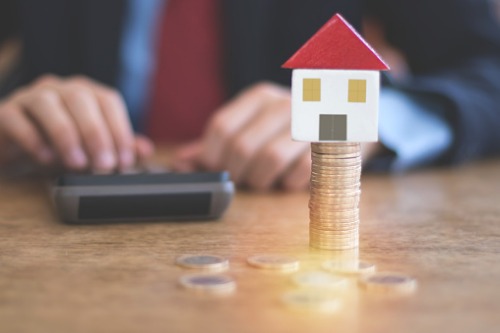

Over November, national property prices charted the most signifcant one-month increase in 16 years, according to CoreLogic’s Home Value Index.
The Index surged 1.7% higher over the month, delivering the fifth consecutive monthly increase. Sydney and Melbourne continued to drive the momentum, with values up by 2.7% and 2.2% respectively. While less dramatic, the remaining capital cities, excluding Darwin, also saw values rise over the month, demonstrating a “broadening in the geographic scope of this upswing”.
“The synergy of a 75-basis points rate cut from the Reserve Bank, a loosening in loan serviceability policy from APRA, and the removal of uncertainty around taxation reform following the federal election outcome, are central to this recovery,” explained CoreLogic research director Tim Lawless.
“Additionally, we’re seeing advertised stock levels persistently low, creating a sense of urgency in the market as buyer demand picks up. There’s also the prospect that interest rates are likely to fall further over the coming months and an improvement in housing affordability following the recent downturn are other factors supporting a lift in values.”
Significantly, the November results pushed CoreLogic’s national index back into positive annual growth territory for the first time since April 2018, with dwelling values 0.1% higher over the past twelve months.
Further, four capital cities moved back into positive annual growth as well, led by Hobart (+4.2%), Canberra (+3.0%), Melbourne (+2.2%) and Sydney (+1.6%), while the largest declines remained in Darwin (-10.9%) and Perth (-7.7%).
Values are also rising across regional Australia, albeit in a “milder” manner as compared to the capital cities.
For context, the combined capital cities index is 4.6% higher over the past three months, while the combined regionals index is up 1.1% over the same period.
However, while the property market outlook may seem optimistic, the “unexpected period of rapid recovery” may not be sustainable, according to Lawless.
“Annualising the growth rate over the past three months implies the national index is already tracking well above double digit annual growth (+15.3%), while Sydney and Melbourne dwellings are tracking around the mid-twenty percent range for annualised capital gains,” he explained.
“Considering wages and household income growth remains low, economic conditions are losing momentum and housing affordability is once again worsening from an already high base in the largest cities, there are likely to be some headwinds in maintaining such a fast recovery.”
Additionally, the market is still seeing very low supply levels which has sustained the demand.
“Advertised listing numbers have remained seasonally low throughout spring due to low new listing numbers and an increased rate of absorption as buyer demand lifts,” said Lawless.
“With selling conditions looking very strong, there is a high probability that listing numbers will show a material lift through the first quarter of 2020 which will test the depth of the market, and likely ease some of the urgency that is contributing to higher prices.”
However, the expectation that interest rates will track lower in 2020 could counteract some of the headwinds Lawless foresees.
“Mortgage rates are already at their lowest level since at least the 1950s which is one of main factors supporting increasing market activity,” he said.
“If rates do move lower, no doubt policy makers will be watchful for any triggers that could provoke a policy response limiting housing credit. Previous rounds of macro-prudential have had an immediate slowing effect on market activity.”
